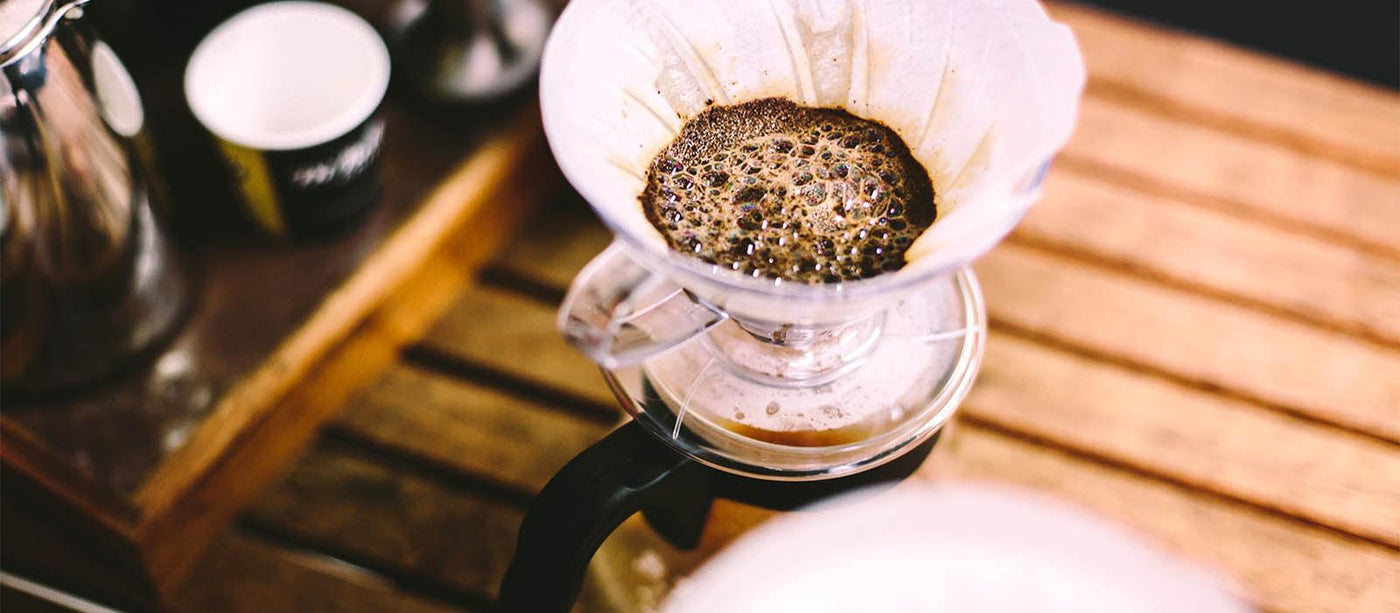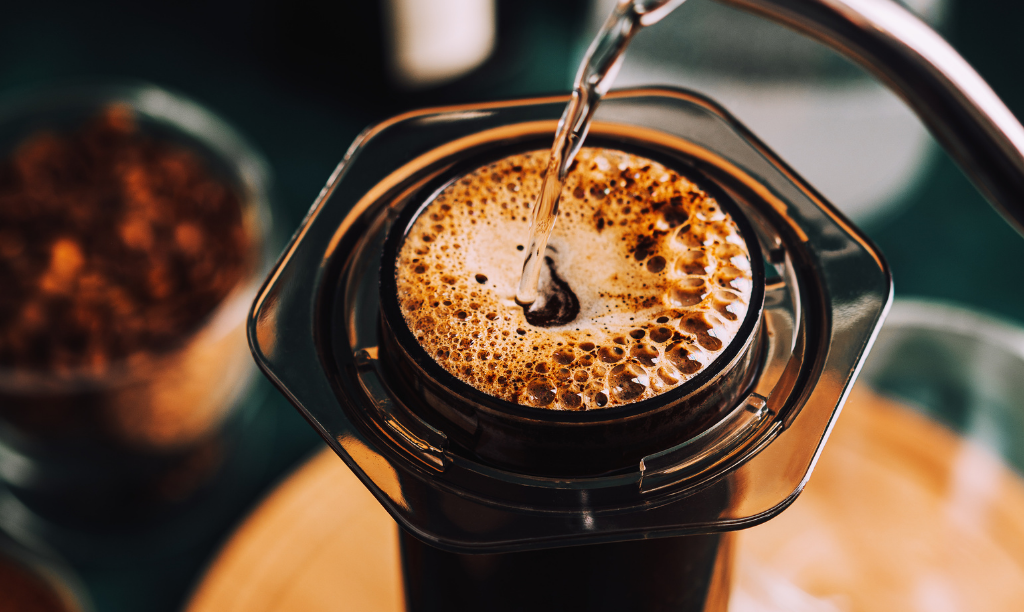The Effect of Various Coffee Brewing Methods on Taste and Aroma
The Effect of Various Coffee Brewing Methods on Taste and Aroma
Blog Article
Exploring the Art of Coffee Brewing: A Comprehensive Guide to Improving Your Cup
The art of coffee developing is a complex technique that combines scientific research with personal expression, where the choice of beans, water top quality, and brewing approaches converge to produce a polished sensory experience. Recognizing the subtleties of different coffee beans, specifically the differences in between Arabica and Robusta, is crucial for any connoisseur. In addition, the choice of proper devices and precise interest to brewing specifications can considerably influence the last end result. As we check out these components, one must take into consideration just how even small modifications can result in extensive adjustments in flavor and fragrance-- what might these changes disclose regarding your perfect cup?
Understanding Coffee Beans
To truly value the art of coffee brewing, one need to first recognize the foundational aspect: coffee beans. These small seeds, normally originated from the Coffea plant, are essential in determining the taste profile, fragrance, and total quality of the brewed beverage. Coffee beans largely fall right into two categories: Arabica and Robusta. Arabica beans, recognized for their fragile tastes and higher acidity, are frequently preferred by lovers. On the other hand, Robusta beans possess a stronger, extra bitter preference and higher caffeine material, making them ideal for espresso blends.

Additionally, the handling approach-- whether washed, natural, or honey-- affects the beans' last taste. Understanding these components permits makers to select the right beans that line up with their liked taste profile, ultimately boosting the coffee developing experience. coffee brewing methods. This comprehension is necessary for anyone desiring grasp the craft of making the ideal cup of coffee
Developing Methods Explained
Lots of enthusiasts find that the choice of brewing approach dramatically influences the final taste and fragrance of their coffee. Each method uses various extraction strategies, influencing the coffee's personality and splendor.
Drip developing, among the most preferred techniques, utilizes a device to drip warm water via ground coffee, generating a tidy and constant cup. French press, on the other hand, submerses coffee premises in hot water, enabling a fuller body and more robust taste, as oils and great fragments stay in the brew.
Pour-over developing supplies a careful strategy, where water is by hand put over coffee premises, enabling exact control over extraction time and temperature level, resulting in a nuanced and intense cup.
Coffee, a concentrated coffee made under pressure, is recognized for its strong taste and creamy appearance, functioning as the base for numerous coffee drinks, consisting of lattes and cappuccinos.
Necessary Equipment Required
The structure of any kind of successful coffee developing process lies in high quality tools tailored to your preferred technique. A trustworthy coffee grinder is critical; freshly ground beans considerably boost taste and scent.
Following, consider your brewing device. Choices vary from drip coffee manufacturers and pour-over arrangements to French presses and espresso devices. Each technique offers distinct flavor profiles and developing methods, so choose one that lines up with your taste choices.
A precise range is likewise invaluable, permitting you to measure coffee and water accurately, which is important for uniformity. Furthermore, a thermometer can aid check water temperature, as it directly affects extraction top quality.
Learning Water Quality
The top quality of water utilized in developing coffee plays a substantial function in identifying the final flavor profile of the mug. Numerous aspects contribute to water top quality, consisting of mineral content, pH degree, and overall Website pureness. Ideally, water needs to be free from pollutants and impurities, as these can detrimentally affect the taste of coffee.
Minerals, such as calcium and magnesium, why not try here boost the extraction of tastes from the coffee premises, while keeping a well balanced pH degree-- around 6.5 to 7.5-- is essential for optimal extraction. Water that is also soft may lead to under-extraction, causing sour or weak flavors, while extremely tough water can create a bitter or severe mug.
For the best outcomes, filtered water is suggested, as it reduces the visibility of chlorine and various other undesirable substances typically found in faucet water. Additionally, think about using water with a Total Dissolved Solids (TDS) level between 150-200 ppm, which is usually suitable for coffee developing. By grasping water quality, you can lay a strong structure for achieving a consistently excellent mug of coffee, allowing the one-of-a-kind qualities of your picked beans to beam through.

Tips for Taste Enhancement
Enhancing the taste of your coffee can dramatically boost your brewing experience and highlight the one-of-a-kind nuances of your picked beans. To accomplish this, take into consideration a number of essential variables that affect preference.
First of all, the work dimension plays an important role. A finer grind raises removal, leading to bolder flavors, while a coarser grind returns a milder cup. coffee brewing methods. Adjust your grind according to your brewing approach to achieve optimum outcomes
Secondly, try out brew time. Over-extraction can bring about resentment, while under-extraction outcomes in a sour taste. Objective for a mixture time that balances these extremes, typically between 2 find here to 4 minutes, relying on your technique.
Additionally, temperature is a vital component. Brewing with water that is also hot can scorch the coffee, while water that is as well cool may fall short to remove ample flavor. The perfect temperature range is 195 ° F to 205 ° F(90 ° C to 96 ° C)
Conclusion) )))) In conclusion, the art of coffee developing is a multifaceted practice that needs a deep understanding of different elements, consisting of bean selection, brewing approaches, and water quality. Proficiency of essential equipment and attention to information in grind size, make time, and temperature level are crucial for attaining optimum removal. By integrating these parts, coffee fanatics can elevate their brewing strategies, causing a cup that not just satisfies individual preferences however also showcases the abundant complexity of coffee tastes.
The art of coffee developing is a complex technique that merges scientific research with individual expression, where the selection of beans, water high quality, and brewing approaches merge to develop a refined sensory experience.To absolutely appreciate the art of coffee developing, one have to initially comprehend the fundamental aspect: coffee beans. Brewing with water that is too hot can swelter the coffee, while water that is too cool might fail to remove appropriate flavor. In verdict, the art of coffee developing is a multifaceted practice that needs a deep understanding of various components, consisting of bean option, brewing approaches, and water quality. By integrating these components, coffee enthusiasts can boost their brewing techniques, resulting in a mug that not only pleases individual preferences however additionally showcases the rich intricacy of coffee tastes.
Report this page